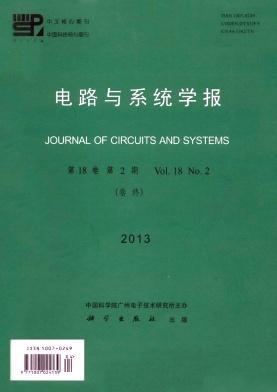Self-initiating velocity-field beamspace MUSIC for underwater acoustic direction-finding with irregularly spaced vector-hydrophones
引用次数: 25
Abstract
This paper introduces a novel MUSIC-based (MUltiple Signal Classification) blind source localization algorithm applicable to three-dimensional arbitrarily spaced arrays of velocity-hydrophone triads. This proposed algorithm (1) self-generates coarse estimates of the sources' arrival angles to start off its MUSIC-based iterative search without any a priori source parametric information, (2) exploits information embedded in the impinging sonar velocity-field (as versus pressure field), (3) automatically pairs the x-axis direction-cosine estimates with the y-axis direction-cosine estimates. This method uses vector-hydrophones, each of which comprises three spatially co-located but orthogonally oriented velocity-hydrophones. Each velocity-hydrophone distinctly measures one Cartesian component the incident sonar wavefield's velocity-vector. Velocity-hydrophone technology is well established in underwater acoustics and a great variety of commercial models have long been available. This proposed algorithm forms velocity-field beams at each vector-hydrophone, and uses coarse estimates of each source's velocity-vector estimate obtained by decoupling the signal-subspace eigenvectors. Simulation results verify this innovative scheme's capability to self-generate initial direction-cosine estimates for its MUSIC-based iterative search and demonstrate the proposed algorithm's superior performance relative to a similarly spaced army of pressure-hydrophones. Under one scenario, the proposed method lowers the estimation bias by 95% and the estimation standard deviation by 47%, relative to a similarly configured array of pressure-hydrophones provided with a priori initial arrival angle estimates.非规则间隔矢量水听器水声测向的自启动速度场波束空间MUSIC
介绍了一种新的基于music的(多信号分类)盲源定位算法,该算法适用于三维任意间隔的速度-水听器三联体阵列。该算法(1)自生成源到达角的粗略估计,在没有任何先验源参数信息的情况下开始基于music的迭代搜索;(2)利用嵌入在撞击声纳速度场(相对于压力场)中的信息;(3)自动将x轴方向-余弦估计与y轴方向-余弦估计配对。该方法使用矢量水听器,每个矢量水听器由三个空间上共存但正交的速度水听器组成。每个速度水听器都能清楚地测量入射声纳波场的速度矢量的笛卡尔分量。速度-水听器技术在水下声学领域已经有了很好的发展,并且已经有了各种各样的商业模型。该算法在每个矢量水听器处形成速度场波束,并使用通过解耦信号子空间特征向量获得的每个源的速度矢量估计的粗略估计。仿真结果验证了该创新方案为其基于音乐的迭代搜索自生成初始方向余弦估计的能力,并证明了该算法相对于类似间隔的压力水听器的优越性能。在一种情况下,与提供先验初始到达角估计的类似配置的压力水听器阵列相比,该方法将估计偏差降低了95%,估计标准差降低了47%。
本文章由计算机程序翻译,如有差异,请以英文原文为准。
求助全文
约1分钟内获得全文
求助全文

 求助内容:
求助内容: 应助结果提醒方式:
应助结果提醒方式:


